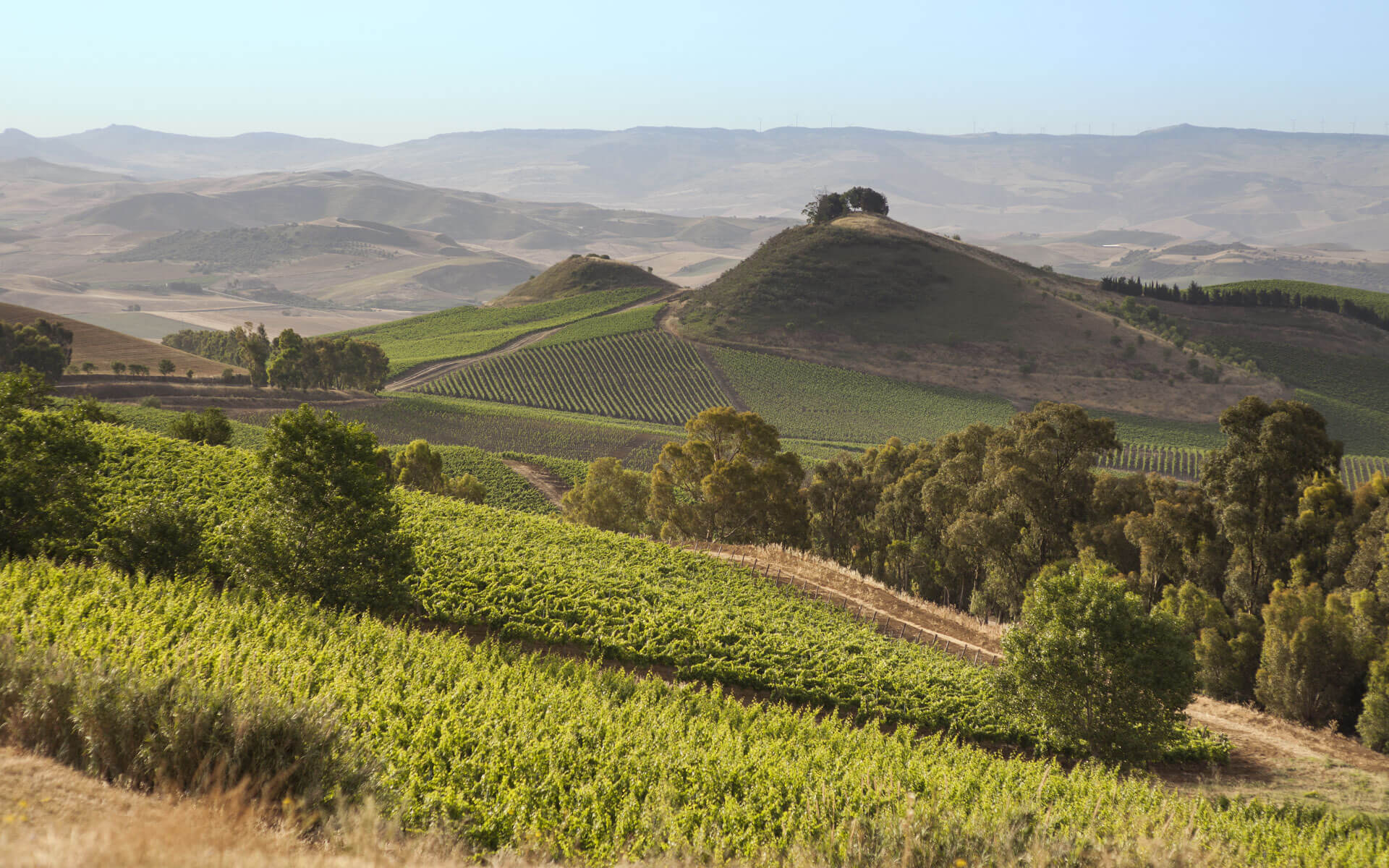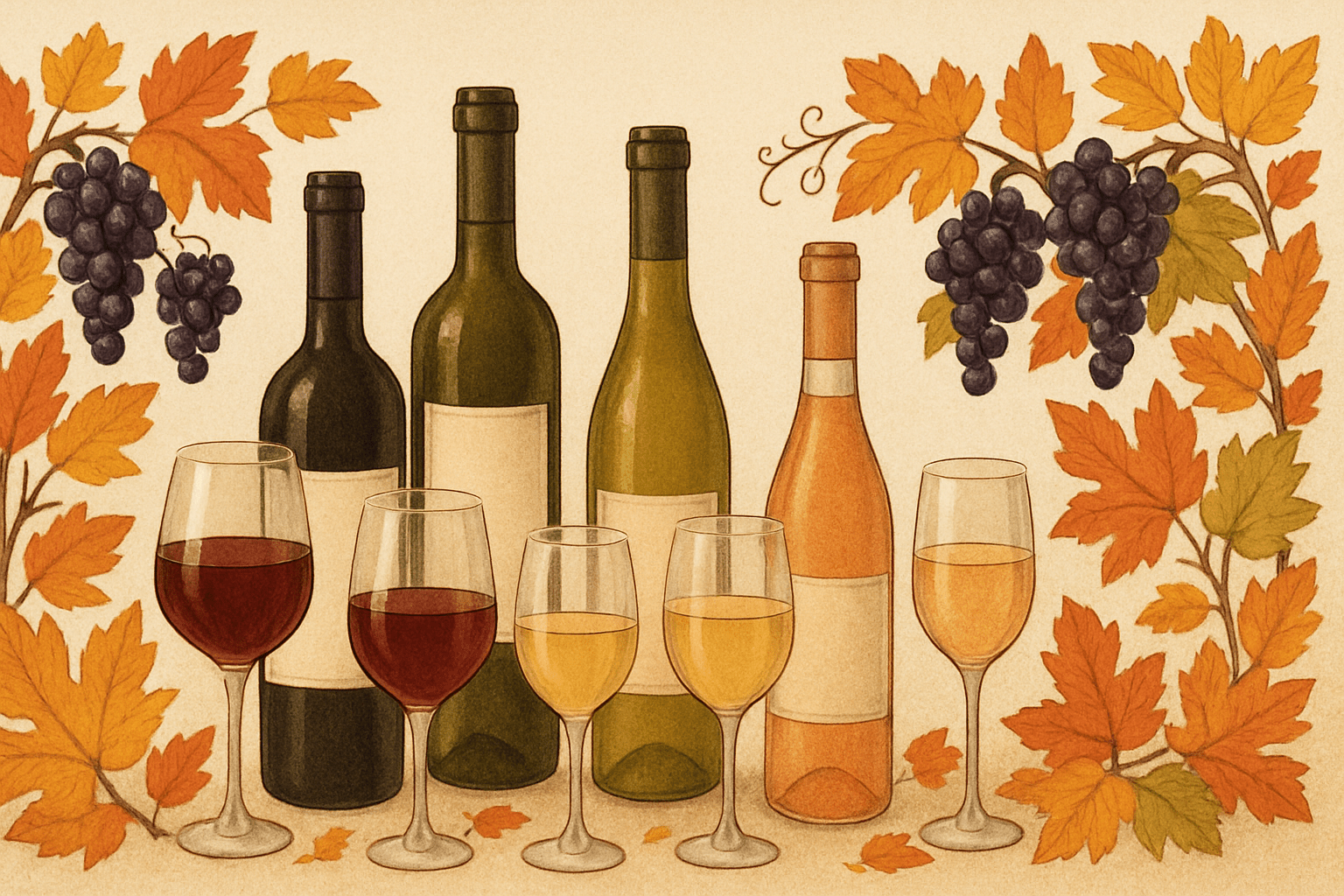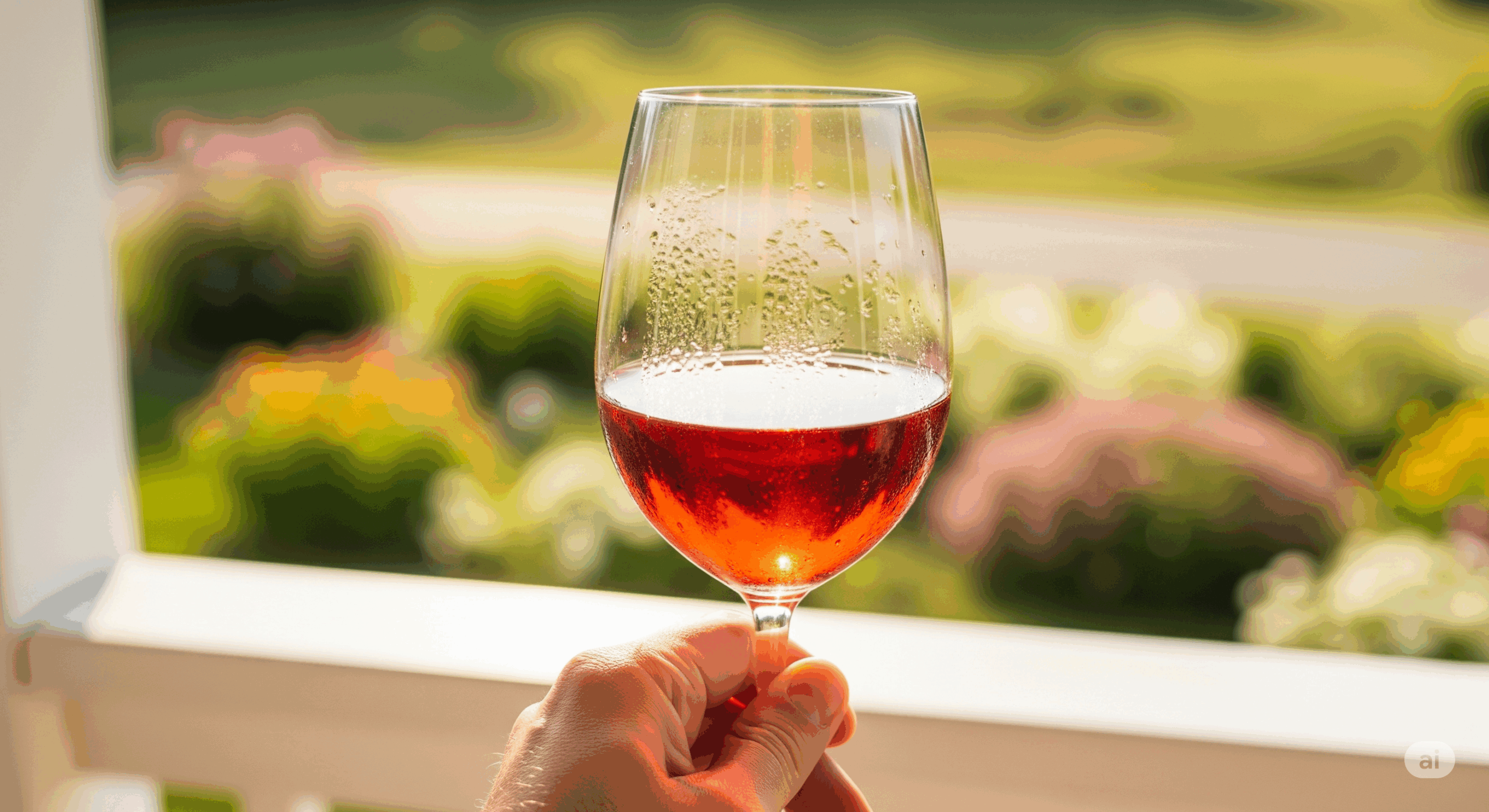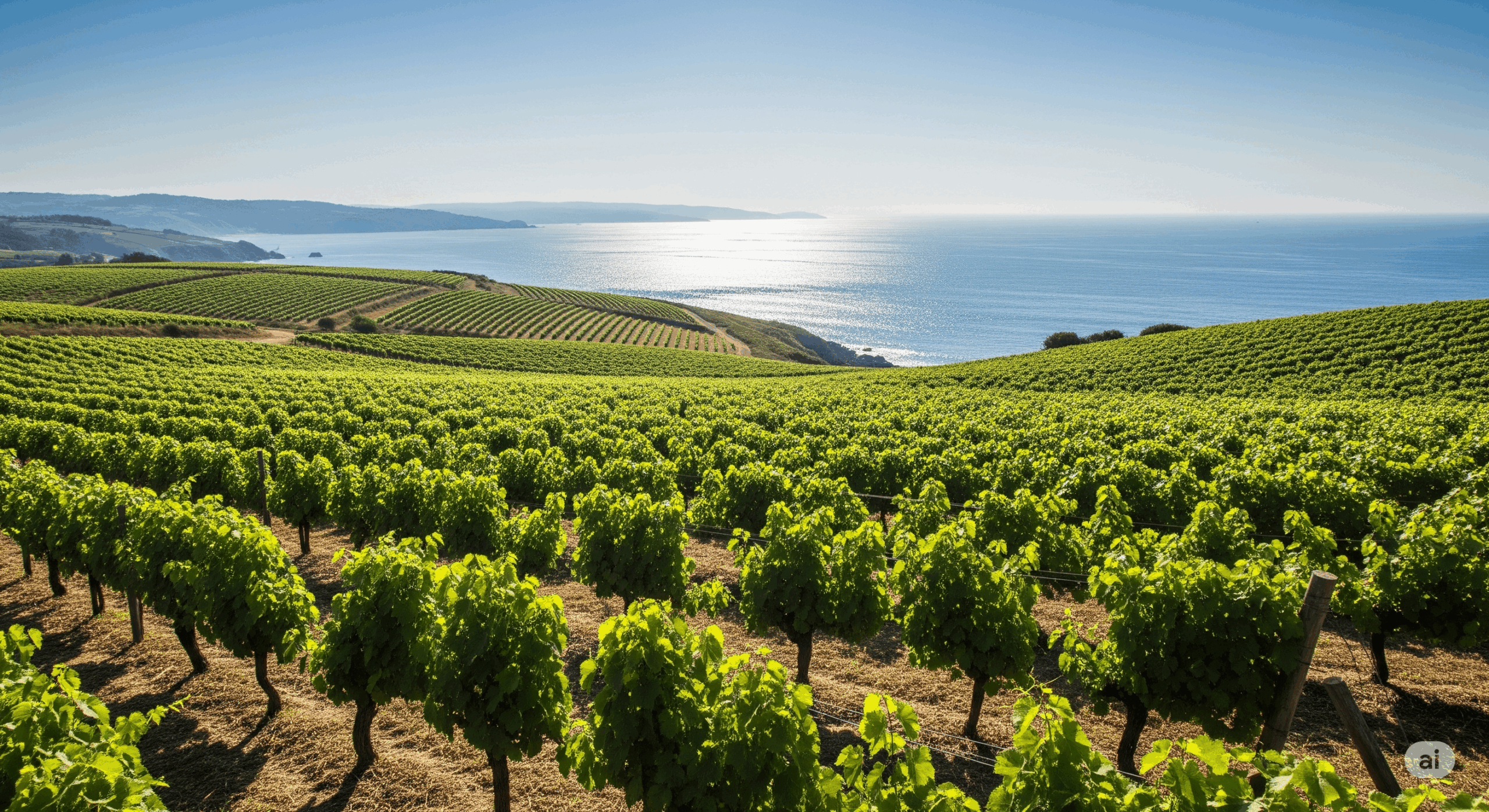Understanding Sicily’s Premier Red Wine Grapes: A Personal Tasting Journey
As someone who has explored the renowned wine regions of Tuscany and Piedmont, I found myself increasingly curious about Sicily’s emerging wine scene – a region that, despite producing wines for over 2,000 years, remains surprisingly under-explored by many wine enthusiasts like myself who have focused on mainland Italy. My previous positive experiences with Nero d’Avola sparked my curiosity about Sicily’s other red wines, leading me to set up a comparative tasting with Nerello Mascalese – a structured way to explore the contrasts between Sicily’s two most important red grape varieties. By tasting these wines side by side, I discovered how they compare to familiar international varieties like Cabernet Sauvignon and Pinot Noir, while showcasing their distinctly Sicilian character.
Exploring Sicily’s Wine Terroir: From Volcanic Soils to Mediterranean Climate
The island of Sicily presents a fascinating study in contrasts for wine production. Ancient Greek ruins dot the landscape where modern wineries now thrive, while rugged volcanic terrain meets Mediterranean coastlines. This diversity creates ideal conditions for growing outstanding wine grapes, particularly Nero d’Avola and Nerello Mascalese.
In the warmer, lower-elevation regions, Nero d’Avola flourishes, producing full-bodied red wines with rich fruit characteristics. Meanwhile, high on Mount Etna’s volcanic slopes, Nerello Mascalese develops its characteristic elegance and mineral complexity. These two grape varieties perfectly demonstrate how Sicily’s varied terroir influences wine style and quality.
For my comparative tasting, I selected two benchmark examples: the 2020 Tenuta Regaleali Lamùri Nero d’Avola and the 2021 Planeta Etna Rosso, made primarily from Nerello Mascalese. Early research suggested interesting parallels between Nero d’Avola and Cabernet Sauvignon, and between Nerello Mascalese and Pinot Noir, setting the stage for an intriguing comparison.
Tasting Sicily’s Finest Red Wines: Comparing Premium Producers
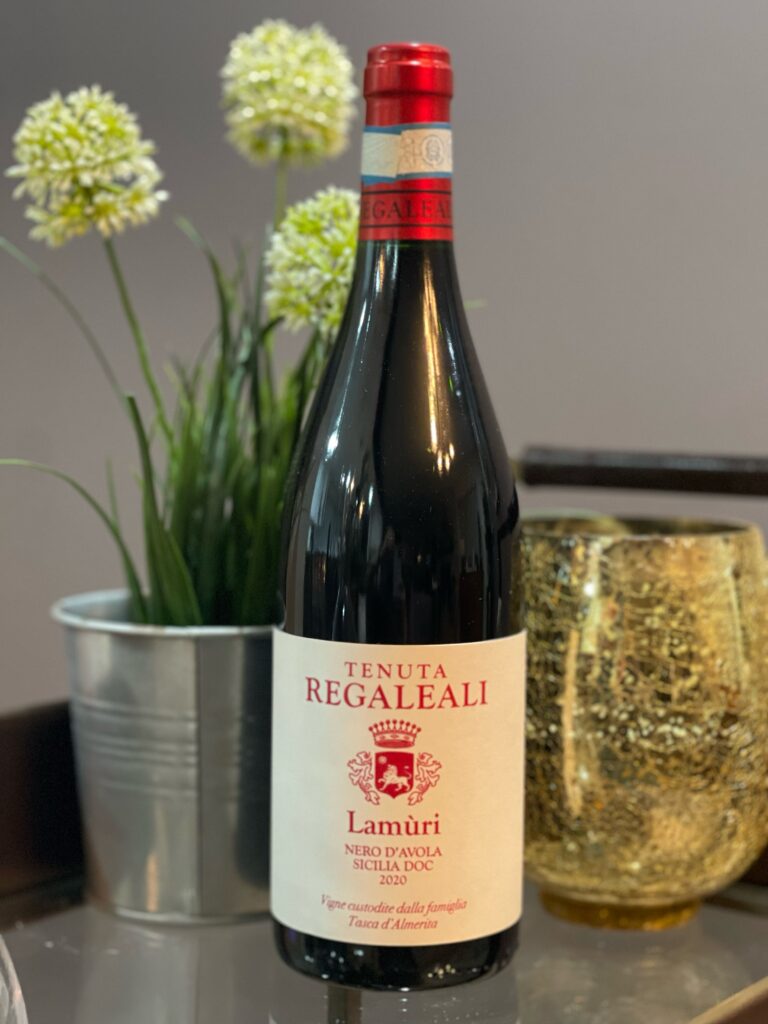
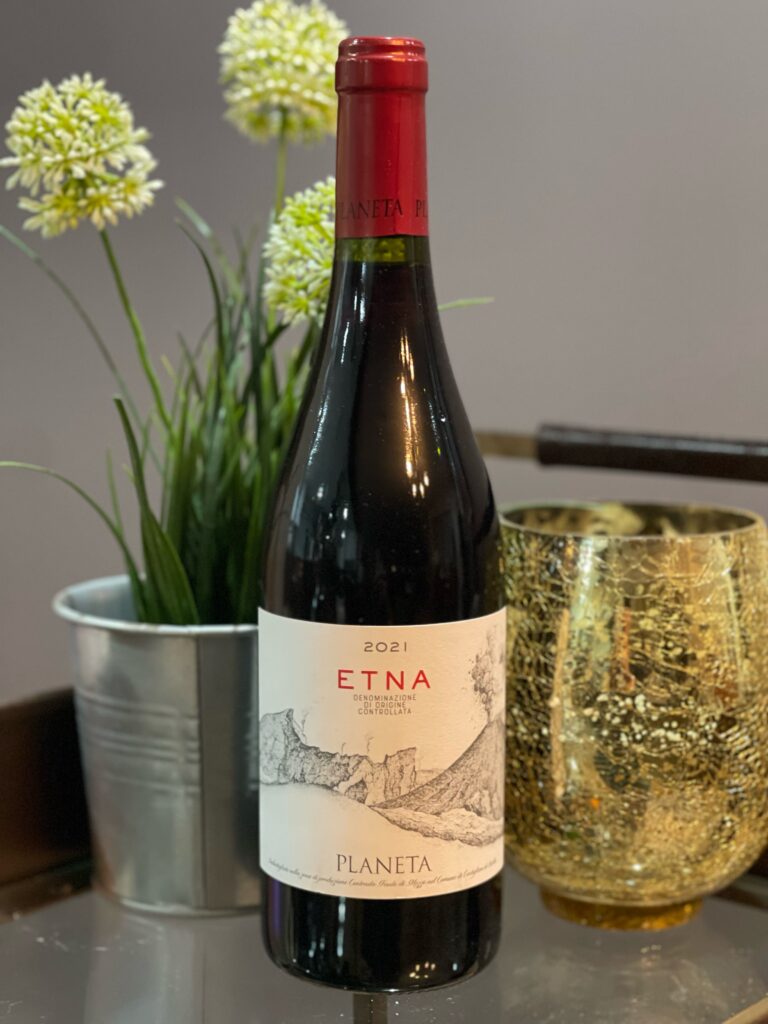
The first wine in my exploration was the 2020 Tenuta Regaleali Lamùri Nero d’Avola, produced by Tasca d’Almerita at their flagship Regaleali estate. This historic 550-hectare property, located in Sicily’s heart, has been under the Tasca d’Almerita family’s stewardship since 1830. Their commitment to sustainable viticulture has earned remarkable recognition – including Wine Enthusiast’s “European Winery of the Year” award in 2019 and the prestigious “Robert Parker Green Emblem” in 2021, making them one of just 24 wineries worldwide and only 3 in Italy to receive this sustainability honor.
The next evening, I opened the 2021 Planeta Etna Rosso, showcasing Nerello Mascalese from Mount Etna. While Planeta’s first winery was established in Ulmo in 1995, their Etna journey began in 2008 when they carefully selected vineyard sites on the mountain’s northern slope, near Passopisciaro. Here, they planted Nerello Mascalese and Carricante vines in the volcanic soils – created through centuries of lava rock degradation and volcanic ash deposits – which provide exceptional growing conditions with their high mineral content and varied soil structures. In 2012, they completed their Etna winery facility. The estate operates under the leadership of Alessio Planeta, Wine Enthusiast’s 2023 “Winemaker of the Year.” Beyond their winemaking excellence, Planeta demonstrates significant social responsibility through various initiatives, from local health promotion in Palermo to supporting AIDS patients in Africa through the Dream project.
Tasting Notes: Nero d’Avola
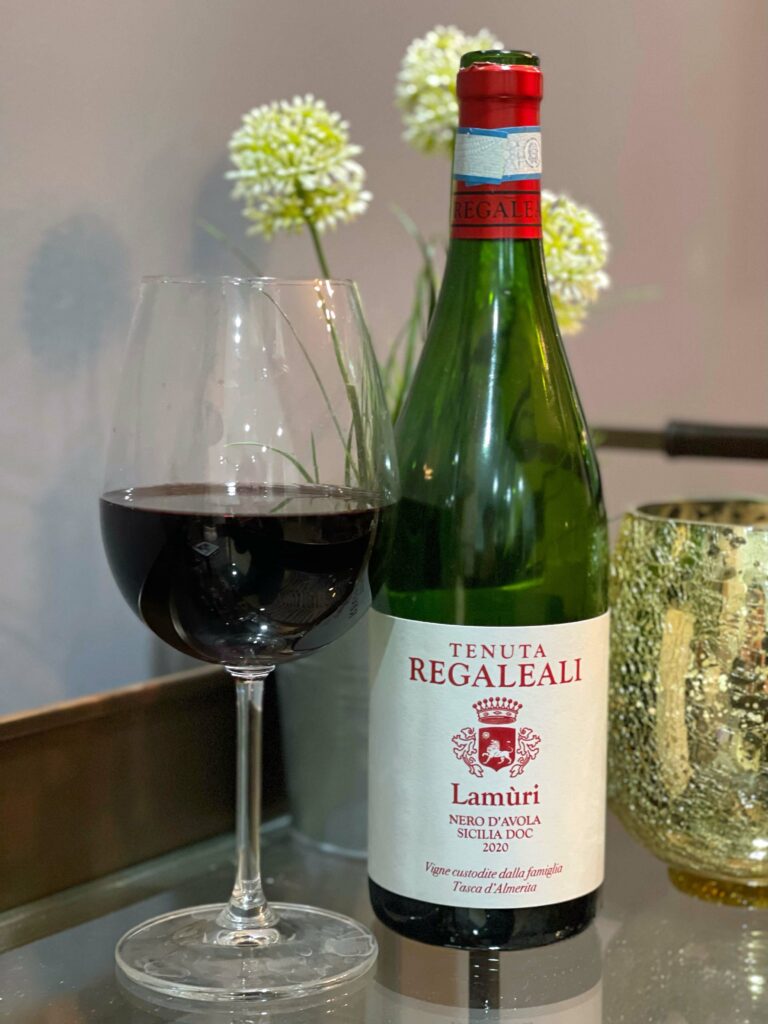
Pouring the Lamùri Nero d’Avola, I was immediately drawn to its deep ruby color with purple highlights – lighter than a typical Cabernet Sauvignon, yet still maintaining rich pigmentation. The wine’s firm tannins were well balanced with a red fruit profile that included cranberry and red plum, demonstrating structured elegance. Unlike bold New World Cabernets, this wine showed classic European restraint, making it extremely food-friendly. The vibrant acidity and lingering tannins suggested perfect pairing potential with braised meats or rich pasta dishes.
Tasting Notes: Nerello Mascalese
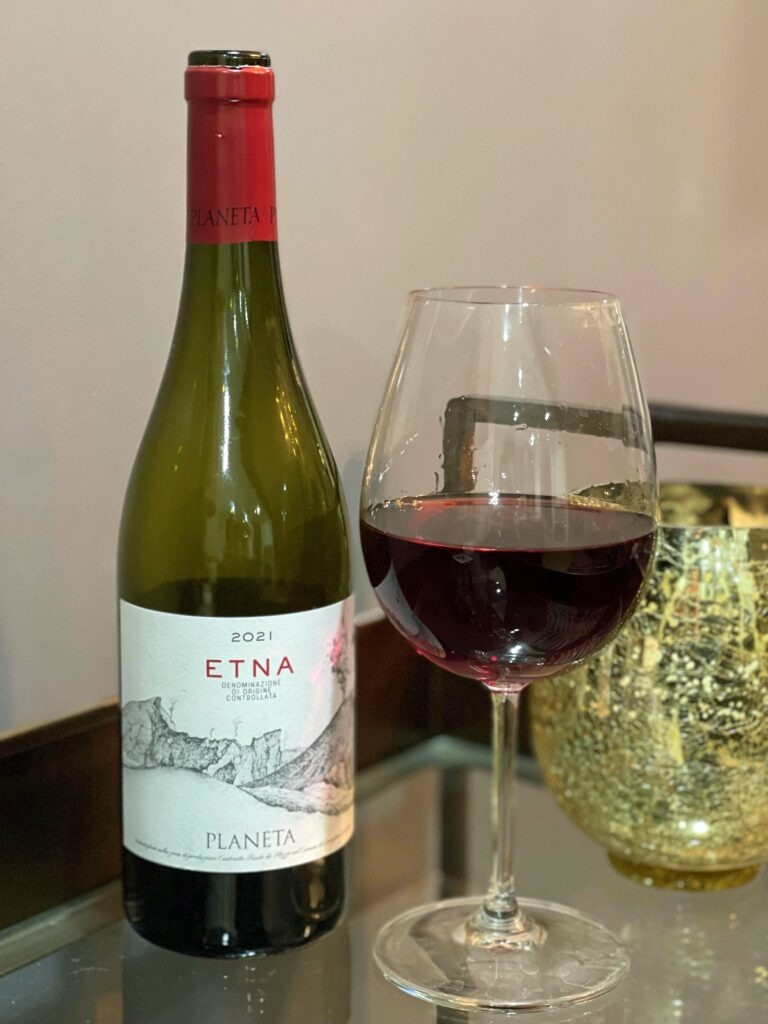
The Planeta Etna Rosso offered a completely different experience. Its lighter, translucent appearance immediately evoked Pinot Noir. The wine presented an earthy nose with bright red fruits like strawberry and raspberry, while the palate showed excellent balance with bright acidity. The smooth texture and gentle tannins made it immediately appealing, while distinctive mineral notes – clearly influenced by Etna’s volcanic soils – added compelling complexity. While comparable to Nebbiolo in some ways, it showed less intensity while maintaining exceptional elegance.
Key Insights from Tasting Sicily’s Indigenous Red Wines
This side-by-side comparison highlighted the impressive diversity within Sicilian red wines. The Nero d’Avola exemplified power and structure with food-pairing versatility, while the Nerello Mascalese showed remarkable finesse and mineral complexity. Both wines demonstrated outstanding drinkability and versatility, explaining why Sicilian wines are gaining international recognition for their quality and value.
More than just appreciating the wines themselves, this tasting intensified my desire to visit Sicily. The prospect of experiencing these wines in their native context – standing in Mount Etna’s volcanic vineyards or exploring historic Nero d’Avola sites – has become a compelling travel goal.
Why You Should Explore Sicilian Red Wines
Sicily’s red wines offer exceptional diversity and value for wine enthusiasts. Whether you prefer the bold, structured character of Nero d’Avola or the elegant, mineral-driven style of Nerello Mascalese, Sicily’s indigenous varieties deserve a place in your wine exploration journey.
My personal experience with these wines has deepened my appreciation for Sicily’s unique wine heritage and terroir. For anyone interested in discovering distinctive yet approachable red wines, Sicily’s native varieties offer an exciting path to exploration – one that might just inspire your own Sicilian wine adventure.
Did you like this content? If you did, let us know and share it with your friends.
This page contains affiliate links. We receive a small compensation when you purchase through affiliate links. While clicking these links won’t cost you a cent, it will help us keep the lights on and buy more wine. To find out more, click here.

